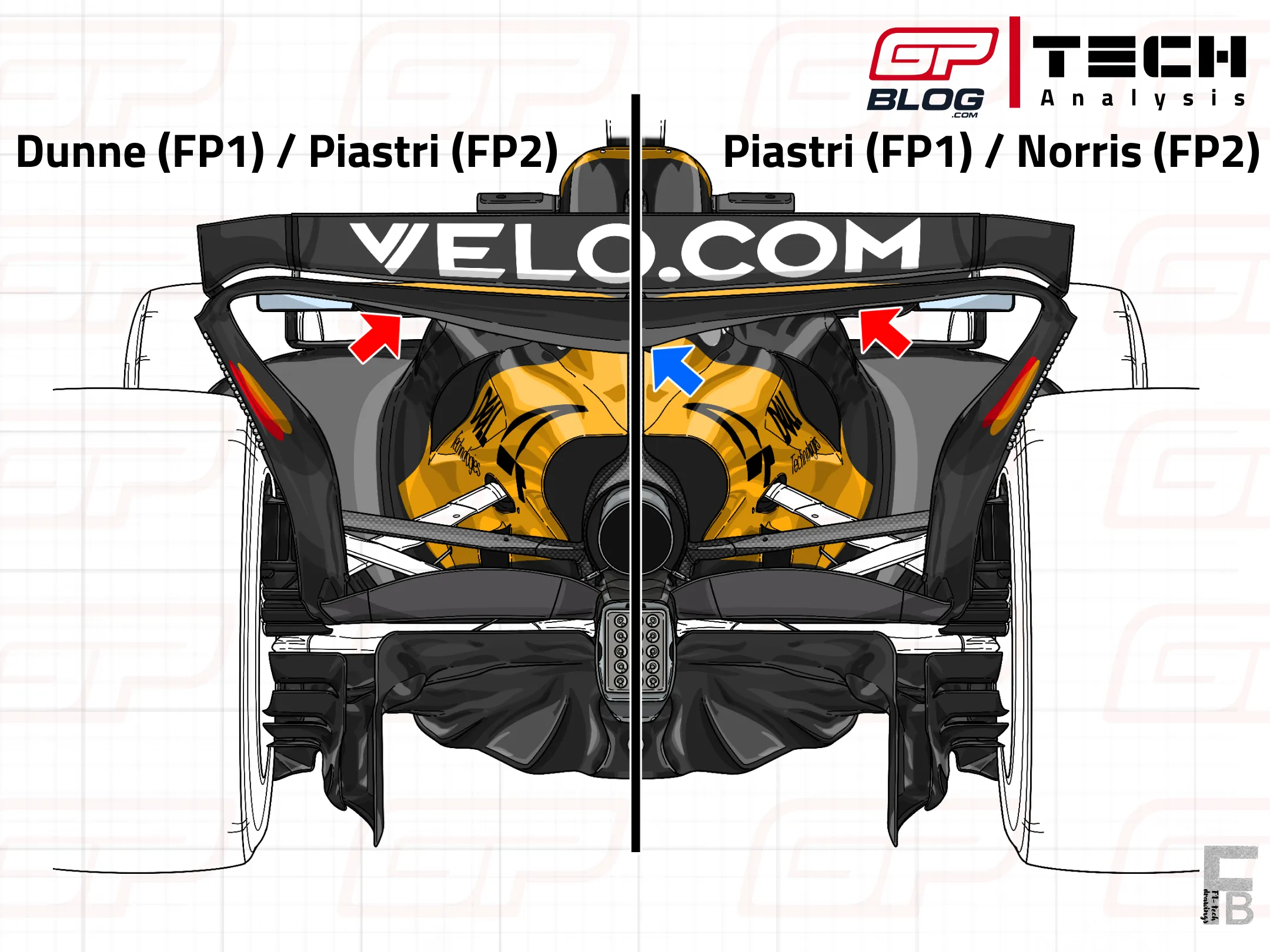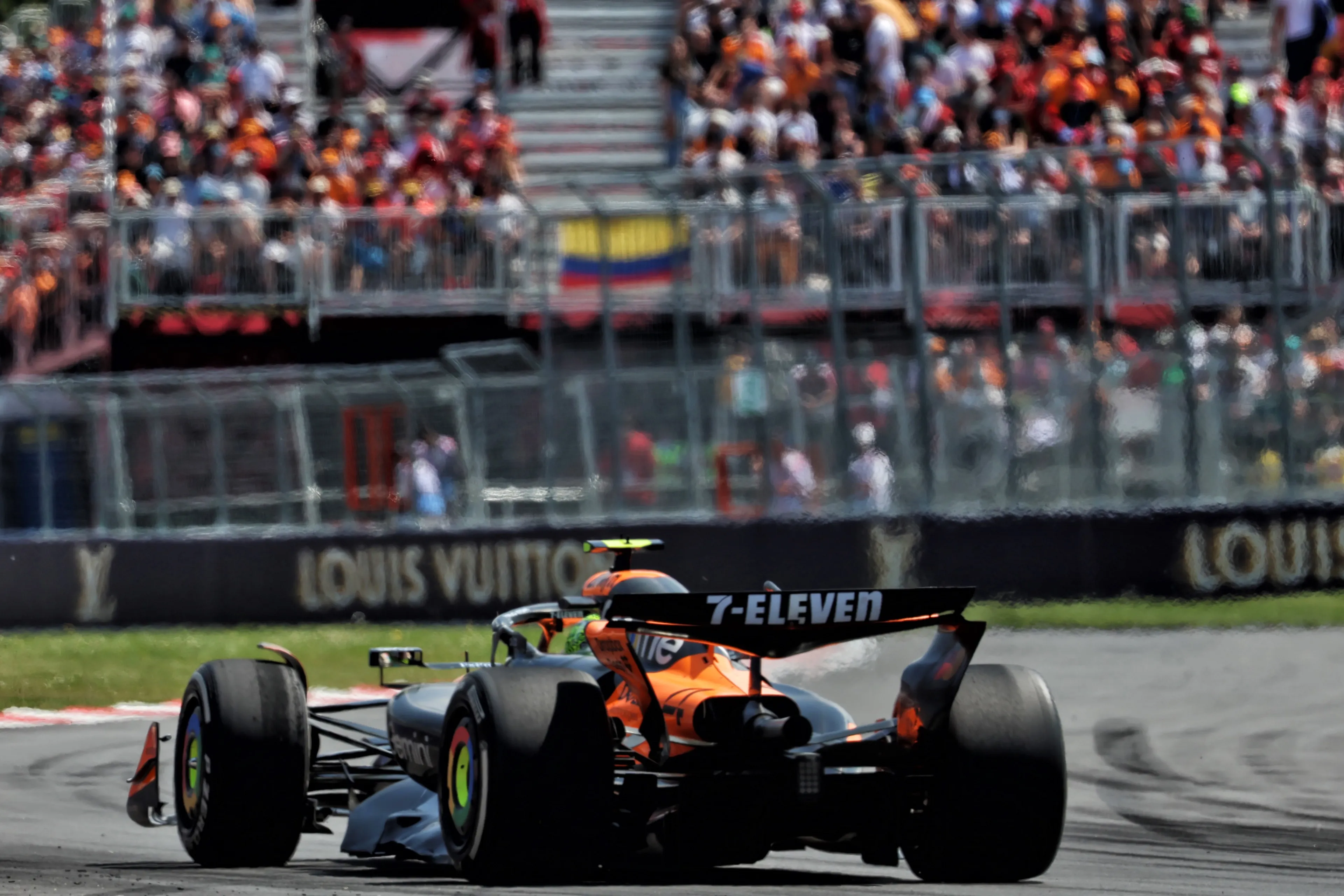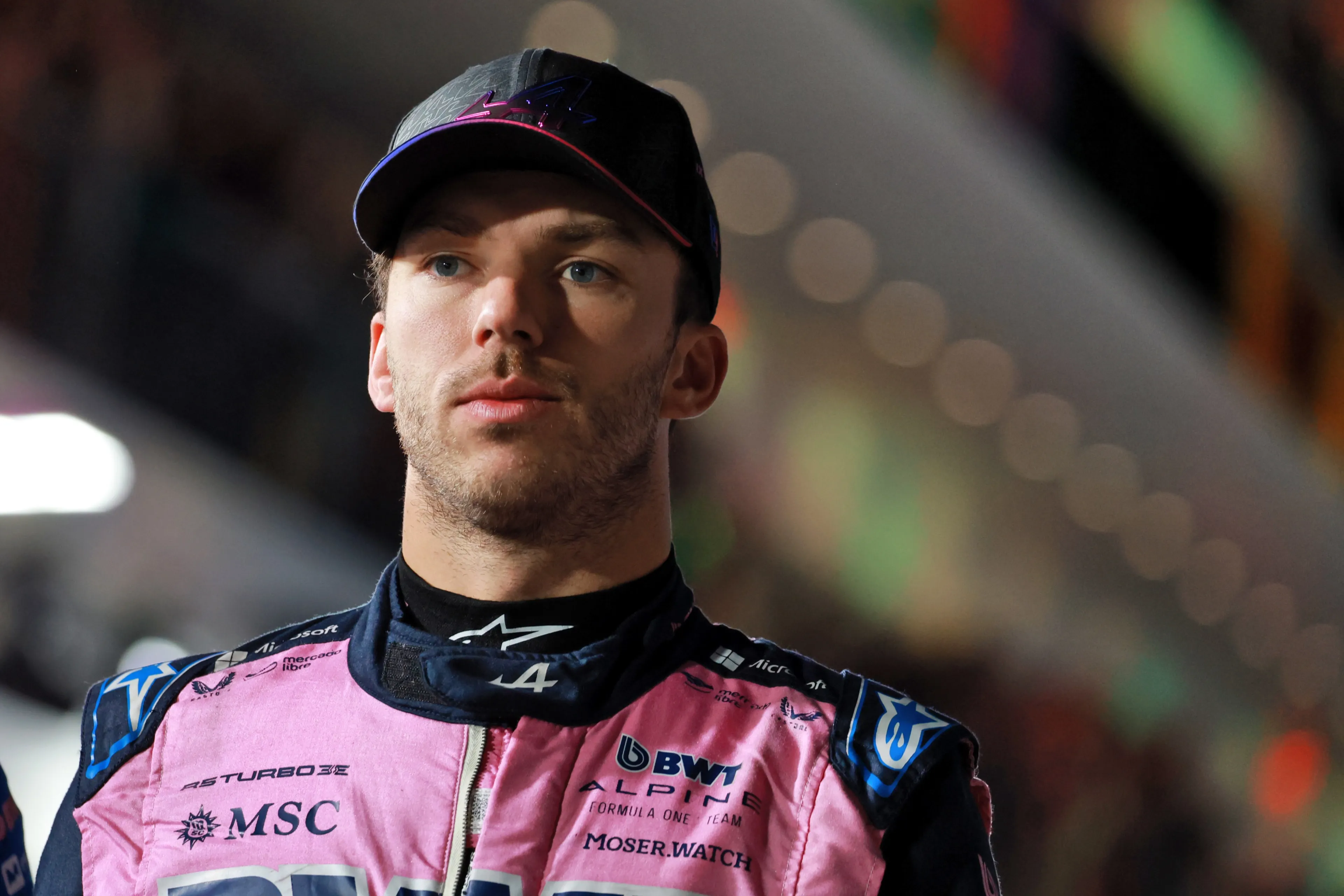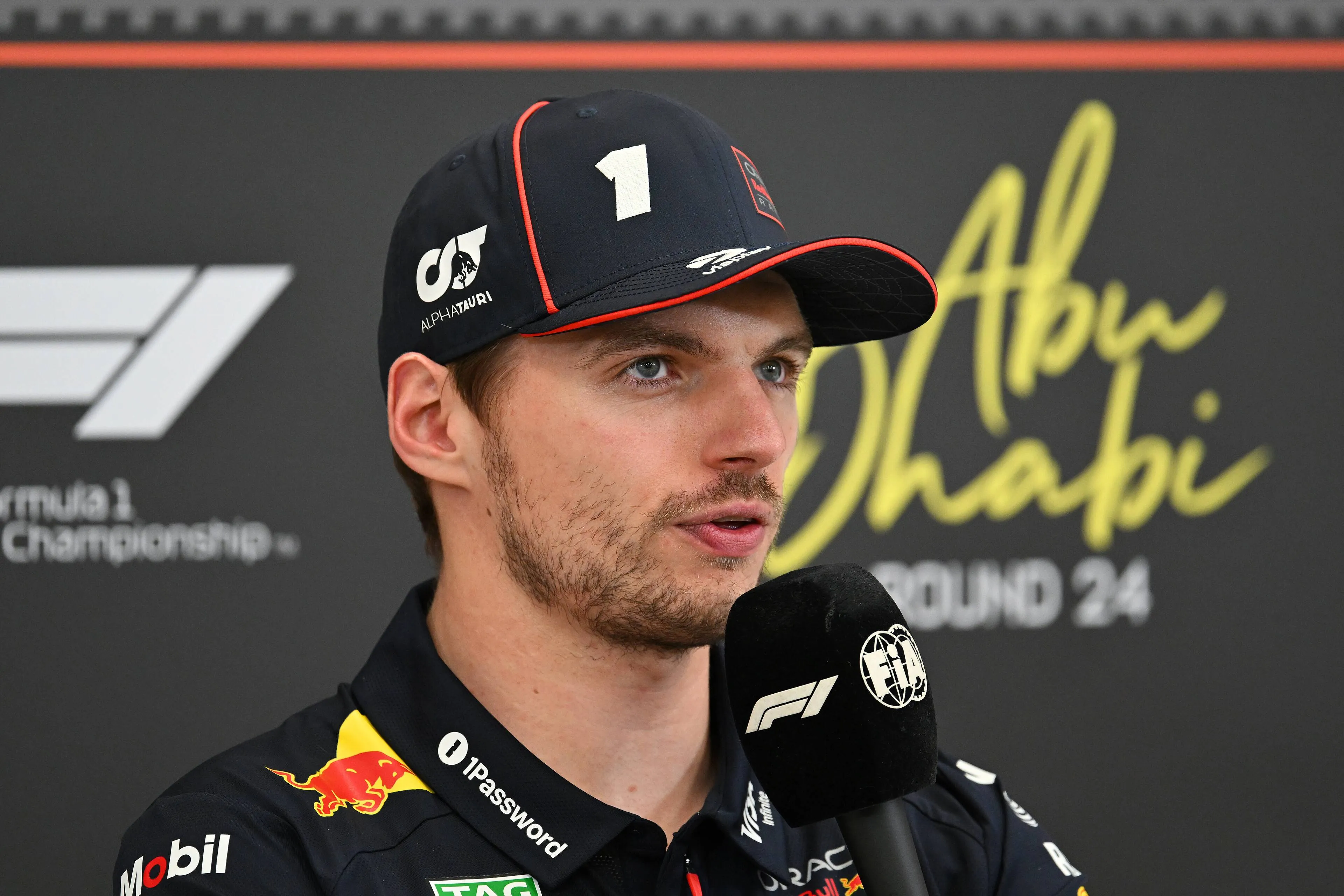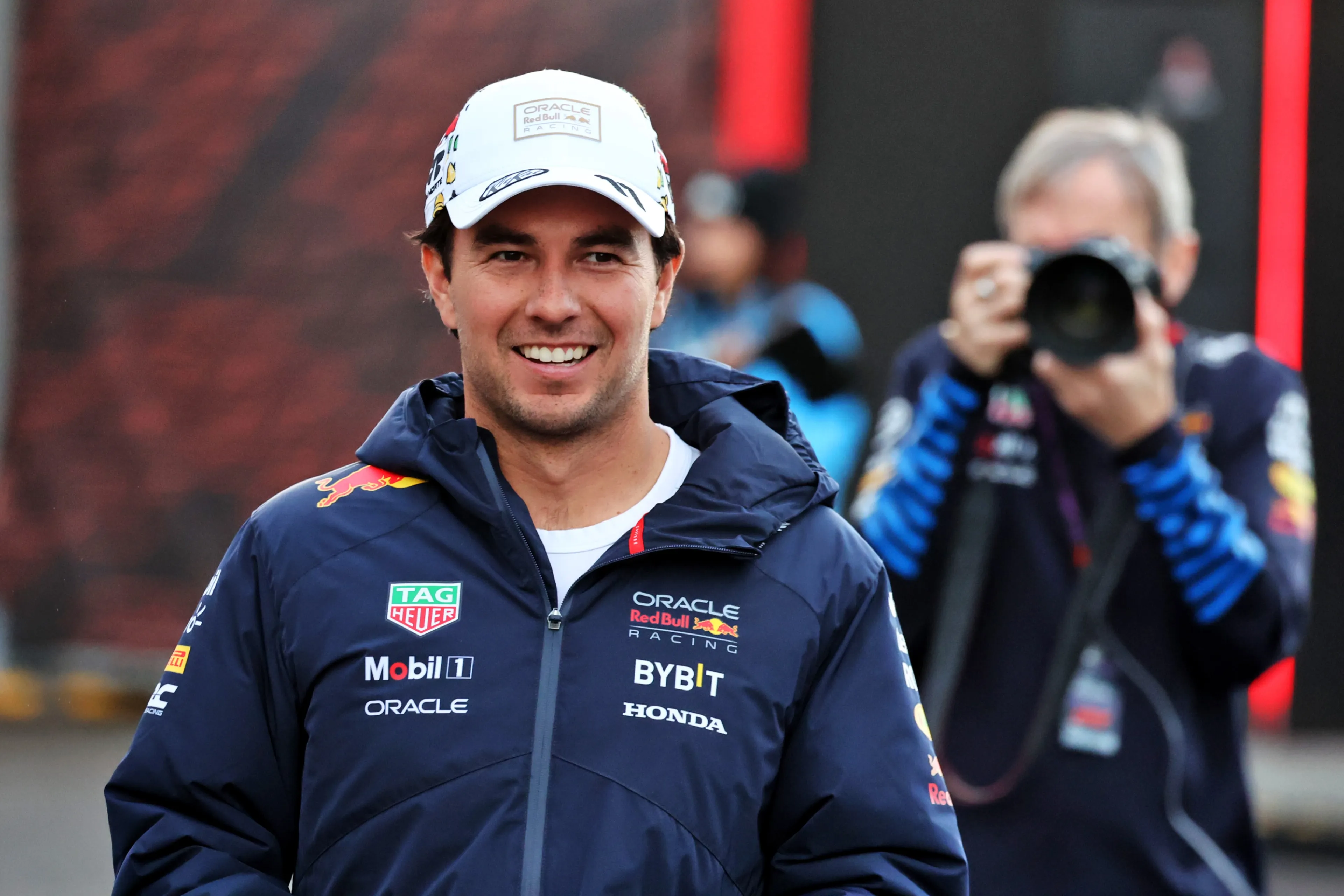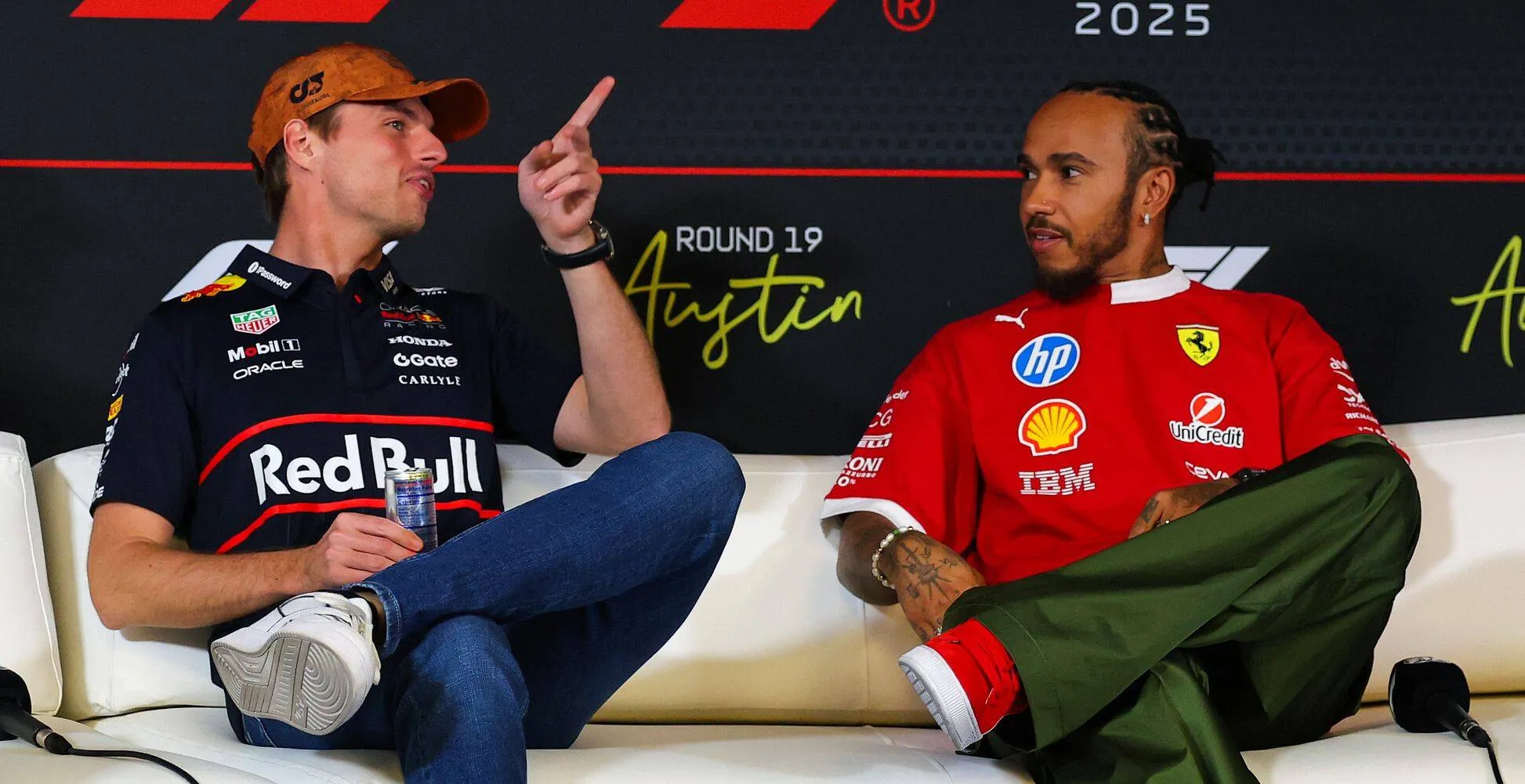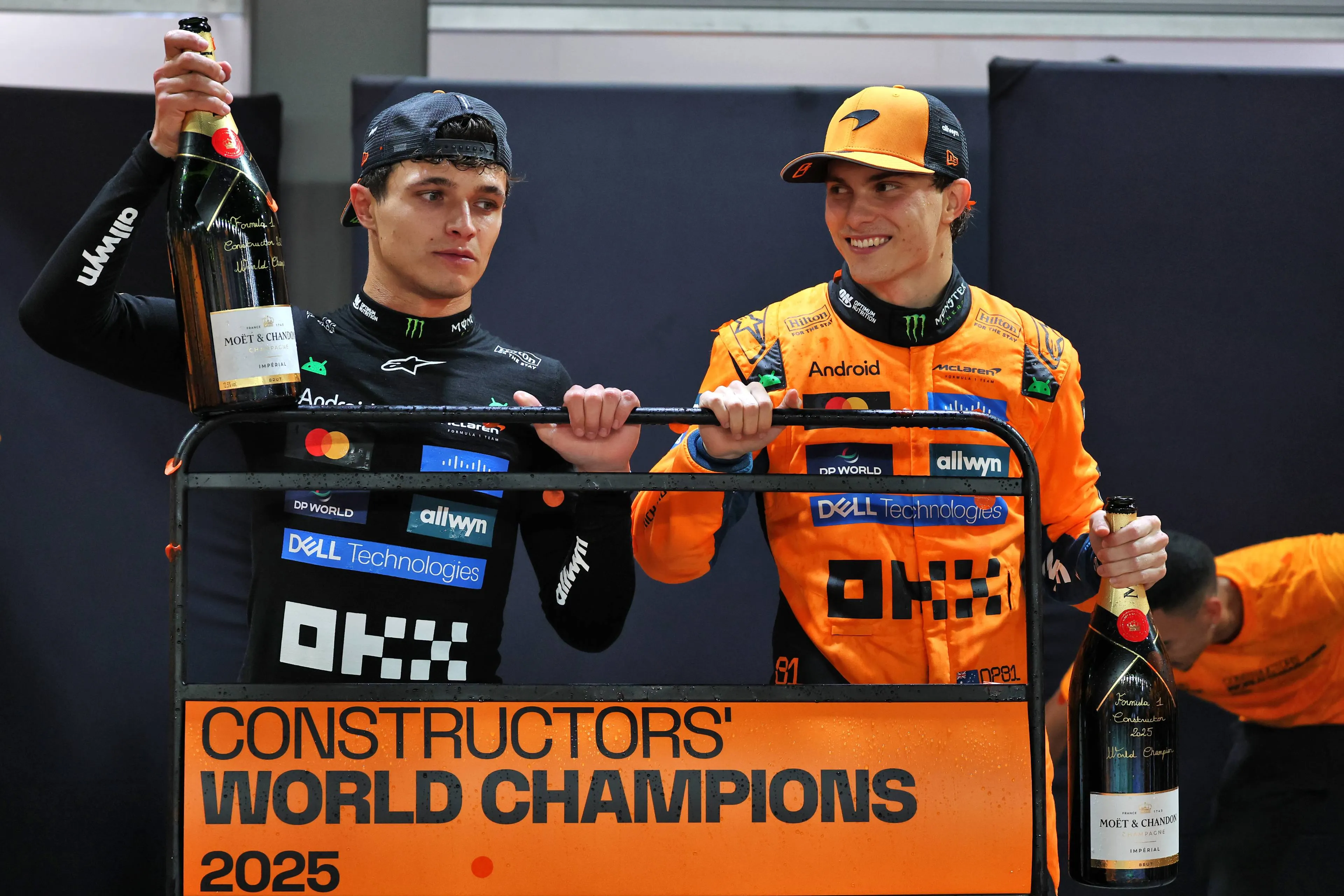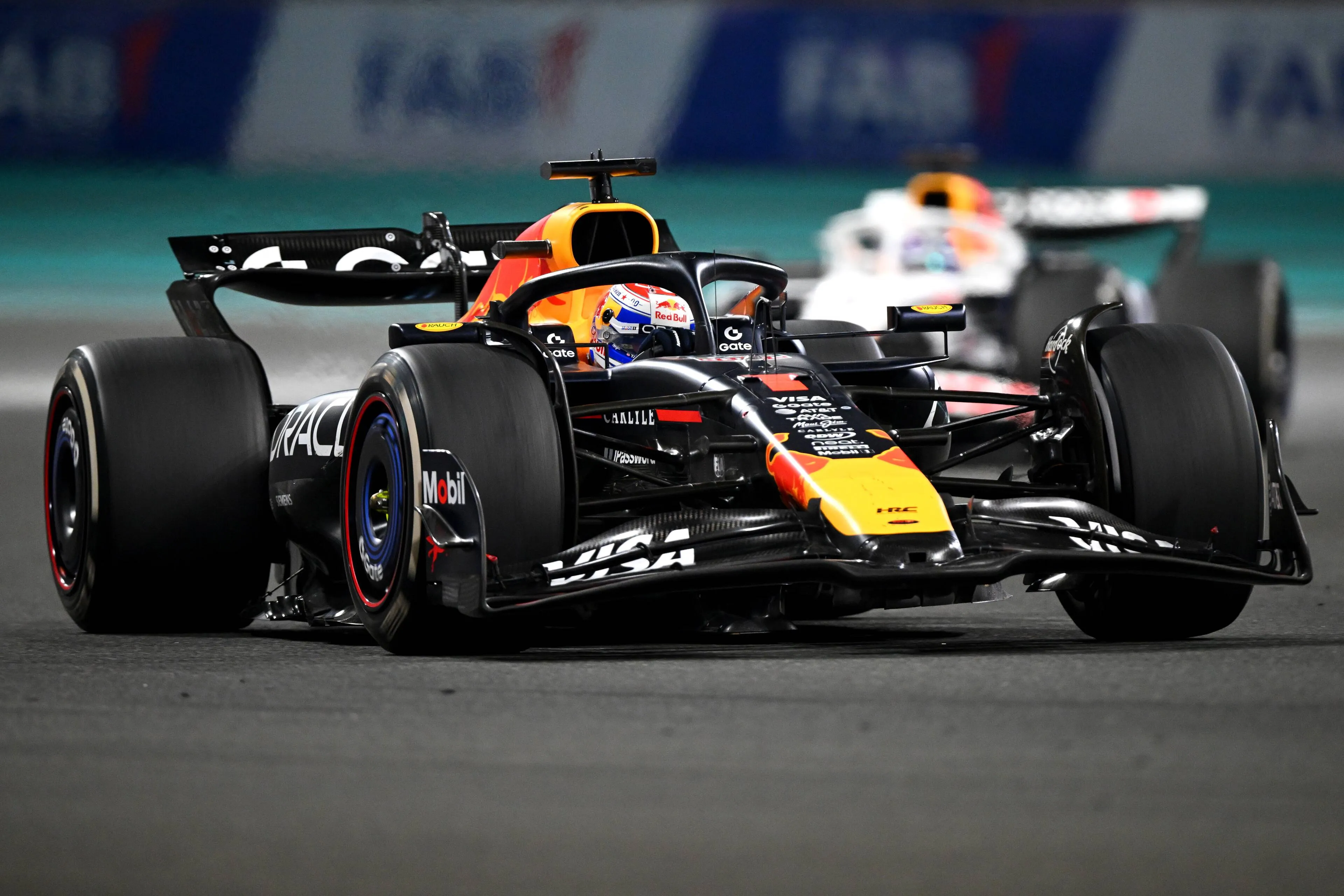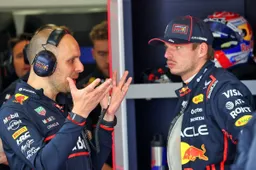F1 Tech | Ferrari closer to McLaren, but can temperatures drop shuffle the cards?
08:52, 05 Jul 2025
0 Comments
The first day of action at Silverstone delivered a tightly contested scenario, with the top five drivers within half a second of Lando Norris, who topped the FP2 timesheets. McLaren and Ferrari appeared closely matched both in qualifying and race pace simulations, but the cooler temperatures expected on Saturday—and especially Sunday—could completely shift the balance.
The historic and iconic Silverstone Circuit poses a significant challenge not only for drivers but also from a technical standpoint. Its long, high-speed corners demand a stable aerodynamic platform and an efficient car, as nearly 75% of the lap is driven flat out.
Additionally, the smooth, flat asphalt allows engineers to run cars extremely low with stiff mechanical setups to maximize downforce through the high-speed sections.
Given its layout, the British track is ideal for evaluating upgrades and collecting data on new components. It’s no surprise that most teams have brought updates this weekend, knowing Silverstone will provide a reliable verdict on the effectiveness of their new parts.
McLaren with a new floor, discarded after FP1
Starting off with McLaren, they have completed the upgrade package introduced between Canada and Austria by adding a new floor.
This latest version features a redesigned floor edge: as shown in the picture below (red arrows), the new floor edge includes four vortex generators with a different shape and angle compared to the previous iteration.
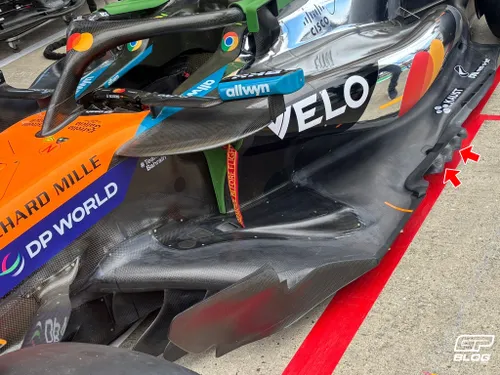
Additionally, during FP1 they tested two different rear wing configurations: Piastri ran the medium downforce spec used in Austria, while Norris opted for the low downforce setup (the same one used in Miami) to determine which would better suit the high-speed nature of Silverstone.
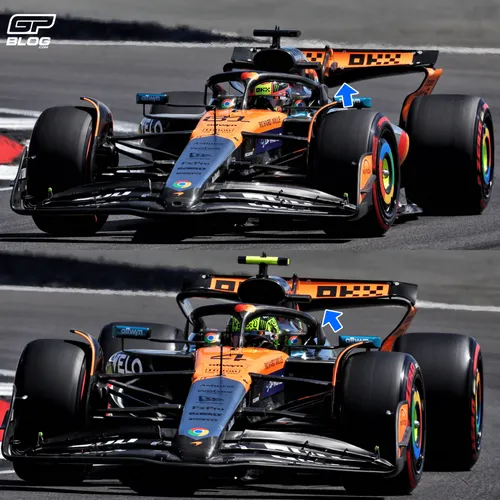
After FP1, the team decided to run the low downforce rear wing on both cars but, surprisingly, didn’t use the new floor as expected. It’s possible that, as they did with other new components introduced in Canada, the Woking engineers prefer to test these parts on different circuits like Spa-Francorchamps or the Hungaroring.
Aside from that, the MCL39 performed quite well on Friday, especially in FP2. After some setup changes following the first practice, Norris felt much more confident in the car during the afternoon session and managed to set the fastest time in the qualifying simulation and the second quickest in the race pace runs—only a few tenths behind Verstappen on average (see graph below).
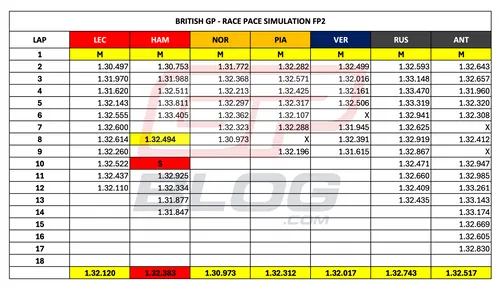
The best Friday of the year for Ferrari
Turning to Ferrari’s Friday, the Maranello team enjoyed one of their best sessions since the start of the season. Both Hamilton and Leclerc felt very comfortable in the car and were able to post competitive lap times on both medium and soft tyres.
The new floor introduced in Austria likely added some rear downforce, making the SF-25 more balanced and easier for the drivers to push to the limit. Additionally, the very smooth tarmac at Silverstone allowed Ferrari’s engineers to run the car much closer to the ground, unlocking even more performance through the high-speed corners.
Ferrari also nailed their aerodynamic setup: while the SF-25 showed slightly less downforce than McLaren, it remained extremely competitive across all three sectors, demonstrating an excellent balance between the front and rear axle
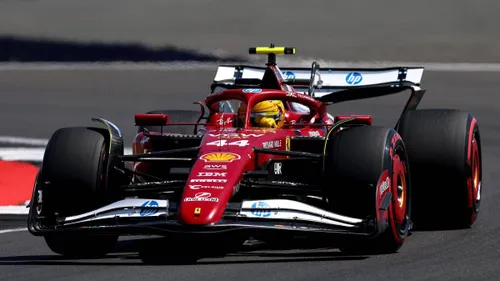
The result was impressive: Hamilton topped FP1 for the first time since donning the red, and strong performance continued in FP2, with Leclerc and Hamilton finishing P2 and P3 respectively.
Their competitiveness for the rest of the weekend will largely depend on the temperature. If they can maintain this level of performance in cooler conditions, the two Ferrari drivers could pose a serious threat to McLaren both in qualifying and during Sunday’s race.
Cooler temperatures might significantly reduce the need for lift-and-coast—that is, easing off the throttle about 50 meters before braking and letting the car coast into the corner to lower brake temperatures—which could benefit their race pace.
Red Bull and Mercedes on the back foot
For Red Bull, it was a challenging day at Silverstone. On paper, the RB21 should suit the circuit well, as it performs best in high-speed corners when running low and stiff setups.
However, Verstappen complained of excessive understeer in the high-speed sections during both practice sessions. This prompted the team to take a bold step for FP2 by fitting a low downforce rear wing to his car, aiming to improve front-end grip and boost his confidence.
As shown in the image below, this new rear wing spec features a very flat mainplane to minimize drag and a very short-chord DRS flap, both designed to reduce downforce and maximize top speed.
That said, given the extreme design of this wing profile, it’s possible Red Bull was simply testing it to collect data ahead of likely deploying it at Spa-Francorchamps, the next round on the calendar.
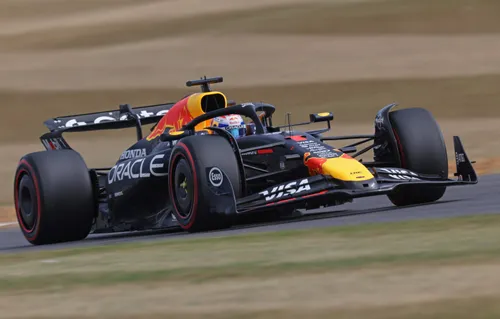
The new rear wing wasn’t the only upgrade Red Bull brought to Silverstone on Friday. To complement the new floor edge introduced in Austria, they also introduced revised Venturi inlets in the upper section—located just ahead of the SIS (side impact structure) embedded in the floor.
These changes aim to better manage front tyre turbulence, preventing it from being sucked under the car, which could disrupt the clean airflow from the front wing and reduce the efficiency of the Venturi tunnels.
Despite these updates, the RB21 still seemed far from its ideal setup this weekend. Verstappen struggled significantly during qualifying simulations, but the picture changed entirely during race pace runs, where the Dutchman was fastest on medium tyres, averaging a lap time of 1:32.017.
Last but not least, Mercedes had a very difficult Friday as well: both Antonelli and Russell never seemed confident enough in the car to put pressure to Ferrari and McLaren. As explained in a previous analysis, the hot temperatures faced on Friday and the typical Silverstone long corners put a lot of stress into the tyres, causing Mercedes to struggle more than other top teams
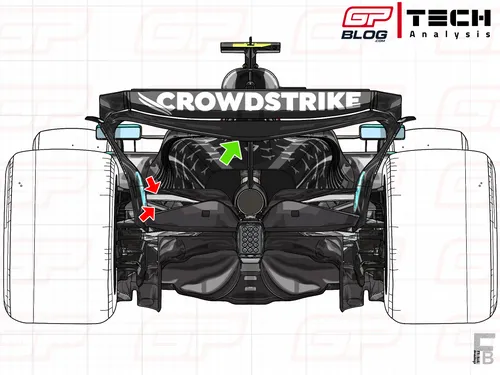
Mercedes’ race pace simulations in FP2 were inconsistent, with Russell nearly seven-tenths slower on average than Norris and Verstappen—clear evidence that the W16 hasn’t found its optimal operating window at this circuit.
Their hope lies in the temperature drop expected on Saturday and especially Sunday: cooler conditions allow the W16 to perform better and maintain tyre temperatures more effectively under heavy fuel loads. This could bring them closer to McLaren and Ferrari, but only time will tell how the situation develops.
Read also
Read more about:
Popular on GPBlog

1
'If you’re behind a driver over 40 in Monaco, that says it all'
2513 times read

2
'We don’t want to do this anymore, we are a Formula 1 racing team'
1341 times read
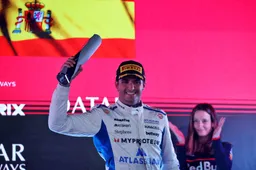
3
Sainz shares holiday snap with world champion as 2026 F1 season approaches
447 times read
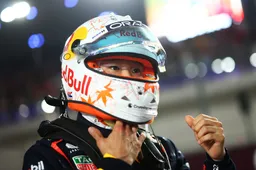
4
All confirmed reserve drivers across the Formula 1 grid for 2026
416 times read
Loading


